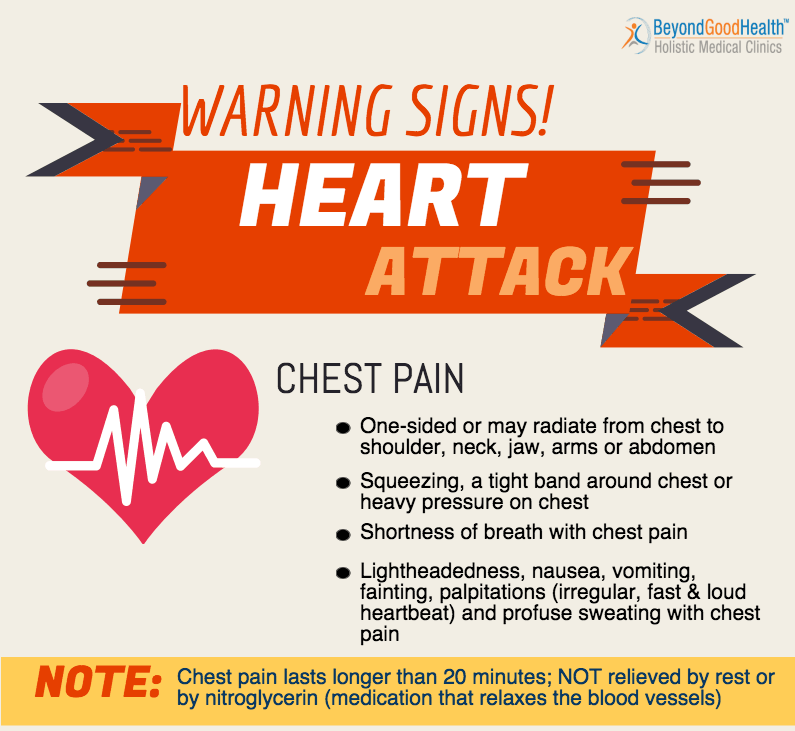Research has revealed that there is a 17 times greater risk of experiencing a heart attack in the 7 days after a respiratory infection. This is the 1st study to report a connection between respiratory infections like bronchitis, influenza and pneumonia, and increased heart attack risk in individuals as confirmed by coronary angiography (a special type of X-Ray used for detecting blockages in heart arteries). This confirms previous research results that suggest that a heart attack can be triggered by a respiratory infection.
The data revealed that the increased risk of a heart attack isn’t always just at the start of respiratory symptoms; it peaks in the first 7 days and slowly reduces but stays elevated for 1 month. The study analyzed 578 consecutive patients having heart attack as a result of blockage of coronary arteries, and who provided details on recent and usual occurrence of respiratory infection symptoms.[1]
Respiratory infection symptoms within 7 days of the heart attack were reported by 17% of individuals, and respiratory infection symptoms within 31 days were reported by 21% of the individuals. They provided information about their activities prior to the start of their heart attack, such as if they had a recent “flu-like illness with sore throat and fever”. They were regarded as affected if they reported cough, sore throat, fever, flu-like symptoms, sinus pain, or if a diagnosis of bronchitis or pneumonia had been reported.
A 2nd analysis of individuals with symptoms limited to the upper respiratory tract, such as pharyngitis, the common cold, sinusitis and rhinitis revealed less of a risk. For those individuals reporting symptoms of milder upper respiratory tract infection, the increase in risk was less, but still with a 13 times greater risk. Even though upper respiratory infections are not as severe, they’re much more common than lower respiratory tract symptoms. So the relationship with regards to heart attack risk is important to understand.
The occurrence of heart attacks is higher throughout the winter. This winter peak that’s seen in countries worldwide is likely due in part to the increased occurrence of respiratory infections. Preventative measures ought to be taken to reduce exposure to infection. Possible reasons why a heart attack could be triggered by a respiratory infection include a greater tendency towards inflammation, blood clotting, changes in blood flow, and blood vessels damaged by toxins. The bottom line is while the absolute risk that a heart attack will be triggered any one episode is low, we should be aware that a coronary event could be triggered by a respiratory infection.

Image Source: Beyond Good Health